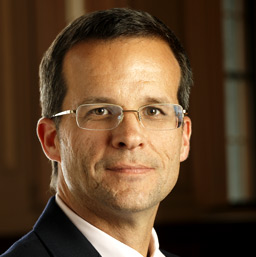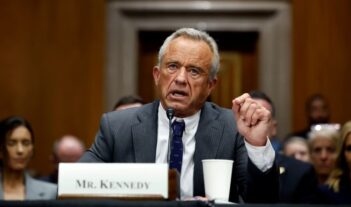
Law gives regulators more responsibility, so agencies need to keep new regulations simple and find ways to attract talented staff.
According to the conventional wisdom, the 2,319 pages of the Dodd-Frank Act are an incoherent mess, and the new financial legislation leaves nearly all of the key issues to the discretion of regulators. The first half of this wisdom is wrong, but the second half points to a serious problem for financial regulation in the coming years.
Despite its sprawl, the Dodd-Frank law has two very clear objectives. It is designed, first, to better regulate the risk of the principal instruments (primarily, derivatives) and institutions (such as the largest banks) of contemporary finance; and, second, to reduce the damage in the event one of these systemically important institutions fails. But the legislation merely provides a framework for achieving these objectives. It leaves nearly all of the details to financial regulators, who will be required to promulgate more than five hundred new rules.
Putting aside the debates over the substance of the new framework (for the record, I think the derivatives regulation is generally good, but that the other key components are far more problematic), Dodd-Frank’s dependence on regulators creates a serious dilemma. Regulators have always had difficulty keeping up with Wall Street, and the new legislation is putting more responsibility in their hands than ever before. Is there anything regulators can do to ensure that they are up to the task?
The first strategy is obvious and is well underway: the key regulators, from the Securities and Exchange Commission (SEC) to the Federal Deposit Insurance Corporation (FDIC), are hiring hundreds of new regulators to “staff up” for Dodd-Frank. The current budget fight is complicating this, but it won’t stop the enormous wave of new hiring. There’s no way that regulators could come close to completing the assignments they’ve been given by Dodd-Frank with the staff they had prior to the crisis.
But having enough bodies isn’t enough. The agencies need regulators who are sophisticated enough to keep up with, or at least not to lag too far behind, the changing landscape of Wall Street. Here, they are at a huge disadvantage. The pay offered by Wall Street, even in these supposedly chastened times, dwarfs a regulator’s salary, and the excitement of Wall Street is irresistible to many.
At the present moment, Wall Street’s advantage in attracting top young financial experts is partially offset by the excitement of implementing new regulation that will shape the financial landscape for the next generation. During the New Deal, when the framework prior to Dodd-Frank was first put in place, many financial superstars were lured to Washington by the opportunity to contribute to the new regime. A somewhat similar exodus is underway now with leading academics and financial experts. But the excitement is likely to wane after the first year or two.
What can financial regulators do to anticipate this? Let me suggest two lessons. The first is simply that they need to be realistic. As regulators implement Dodd-Frank, it’s important that they try to keep the new regulations simple and straightforward. Regulations that depend on regulators’ ability to outsmart Wall Street are likely to fail over time. Regulators also should require disclosure not just to their agencies, but in most cases to the markets as well, so that the market can make use of the flood of new disclosure called for by Dodd-Frank.
Second, regulators should develop creative ways to attract talent in the future. The SEC tried this during the crisis, setting up a new risk regulation division and bringing in derivatives scholar Henry Hu to be its first head. Designing research positions that might serve as attractive, temporary secondments from Wall Street or academia could be an effective way to enlist top experts to the regulatory cause. The United Kingdom has long used this approach. The U.S. should too.




